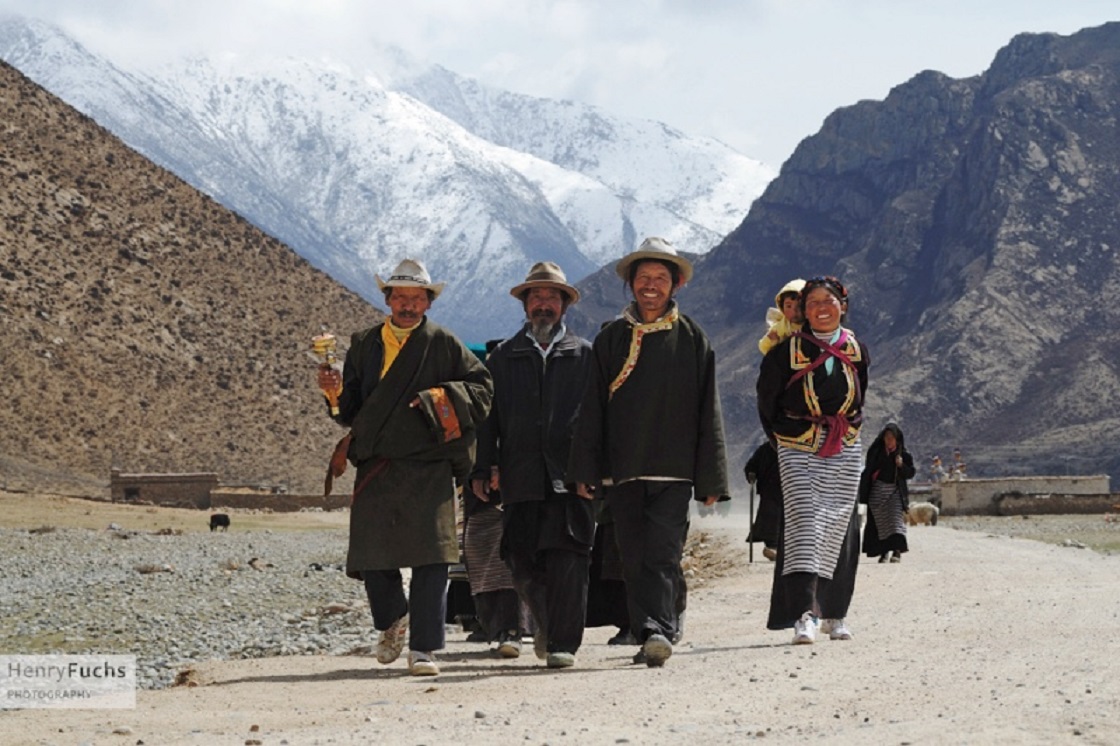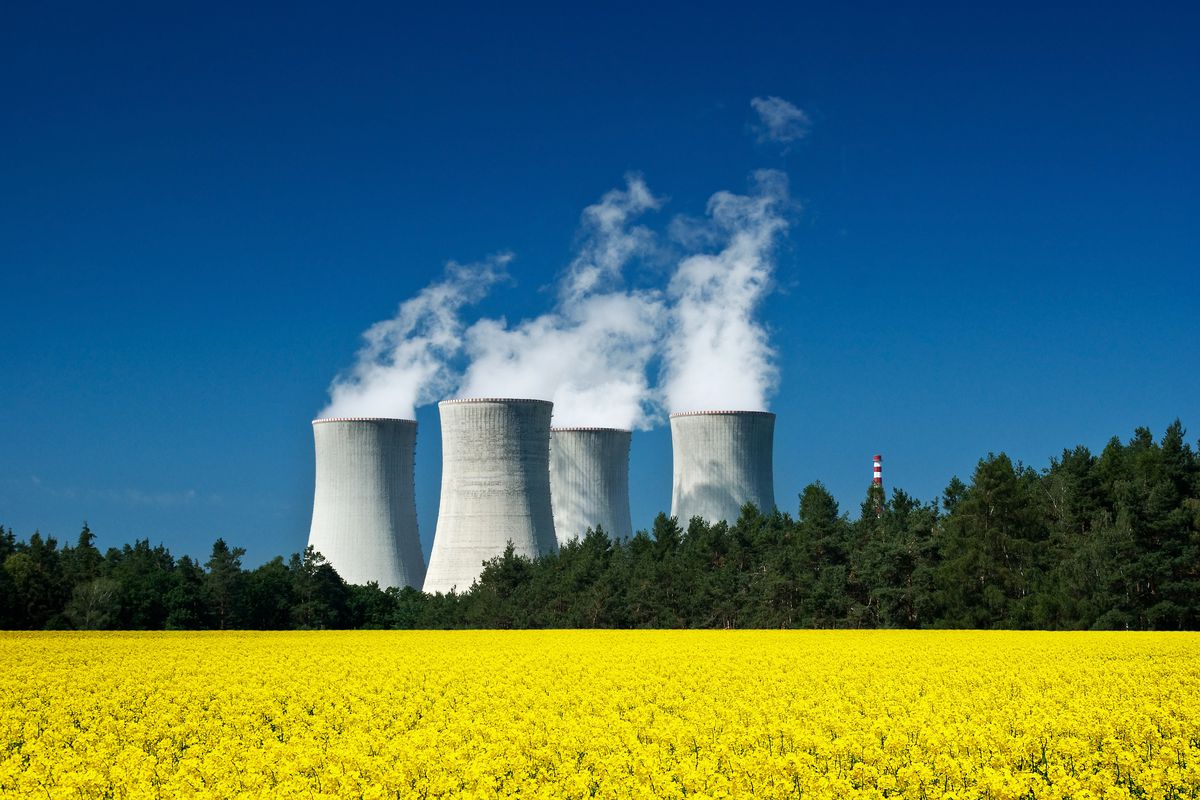In terms of Water Security, Climate change has become a major worry for South Asia. The Tibetan Plateau, South Asia’s Waterhouse, demands international attention since climate change is projected to impair water security among the riparian parties (China, India, and Pakistan) of the Tibetan waters. Unless these Climate Change problems are addressed, the consequent water stress will jeopardise South Asia’s future.
The Tibetan Plateau, known as the “Third Pole,” is a trove of abundant freshwater held in gigantic glaciers, vast lakes, and gushing waterfalls. Many of Asia’s greatest rivers, including Yangtze, Indus, Brahmaputra, and Sutlej, originate on the plateau. The net hydrological flows in Tibet are estimated to be 627 cubic kilometres per year. This represents around 6 per cent of Asia’s yearly run-off and 34 per cent of India’s overall river water resources. Freshwater availability is 104,500 cubic metres per year, making Tibet the world’s fourth-biggest Waterhouse after Iceland, New Zealand, and Canada.1 South Asia is much reliant on the watersheds of these rivers whose sources are in Tibet.
Climate change has harmed the prospects for the availability of water resources in Asia’s water tower i.e. the third pole, as well as an array of major environmental issues that demand international attention. The impact of global warming on glaciers is particularly concerning, with glaciologists claiming that glaciers in the plateau are disappearing faster than anywhere else on the planet. Though the quantity of ice on the Tibetan plateau and its surrounding mountains, such as the Himalayas, Pamirs, and the Karakoram, is far smaller than at the Poles, it is still massive. “The area’s 46,000 glaciers cover 100,000 square kilometres (40,000 square miles)—about 6 per cent of the area of the Greenland ice cap. Another 1.7m a square kilometre is permafrost, which can be up to 130 metres deep. That is equivalent to 7 per cent of the Arctic’s permafrost”.2 However, South Asia has long faced environmental challenges as a result of climate change. To better understand what is happening, it is critical to monitor bellwether glaciers on a half-yearly basis.
Moreover, the scarcity of water resources in South Asia also creates tough and contentious problems, such as whether China should be the sole stakeholder in the headwaters of Tibet. China’s hydro-hegemony gives birth to big but environmentally dubious notions as a result of its pre-emptive approach to Tibetan water supplies. China’s rapid growth agenda is threatening to drastically change the Tibetan plateau’s hydrological system. Making dam projects alters natural water trajectories, creates new flows, disrupts the local milieu, and has far-reaching consequences on lower riparians, such as preventing the movement of silt that makes agricultural land fruitful. China’s industrial initiatives are hastening the melting of the glaciers in Tibet. Water is a critical resource for bridging the wealth gap between Southern and Northern China. Furthermore, China’s plans to build the South to North Water Diversion Project (SNWDP) were intended to ease the country’s northern water crisis. These diversion projects are one of China’s main priorities for meeting the water demands of Northern China. “This diversion project will be able to divert a total amount of 44.8 km3 of water from south to north annually from 2050. The project has three lines. The eastern line will provide 14.8 km3 of water, the middle line 13 km3 and the western line 17 km3”.3 But these diversion projects have a huge impact on the water security of India. This SNWDP will lead Assam to drought. And, India is a middle riparian country lower than China and upper than Pakistan. Furthermore, India is a riparian country in the middle, as it is lower than China and upper than Pakistan. Tibetan waters are critical for India’s future water demands since water on the Indian side Himalayas has made headlines in India’s water worries. Furthermore, India contains around 4 per cent of the world’s freshwater resources4, and climate change would cause an acceleration of the global hydrological cycle, severely affecting regional hydro-resources. So, China, as an upper riparian, must consider the concerns and interests of lower riparian neighbouring nations.
In nutshell, climate change, as in the Third pole, is an international concern rather than a regional one. South Asia’s water condition is the most vulnerable to climate change which requires necessary cooperation among Tibetan Plateau riparian parties. Transboundary rivers are resources that are shared by all of the nations through which they flow. So, China and the other nations engaged might improve collaboration by establishing an information-sharing system. Any effective collaboration should be based on the exchange of information in an open and timely manner. It will be a critical step towards increasing mutual trust in the co-development and conservation of international rivers.
References
- Uttam Kumar Sinha, Riverine Neighbourhood: Hydro-Politics in South Asia, Pentagon Press, New Delhi, 2016, p. 43.
- Sanwal Mukul, “Why Water politics matter,” in Uttam Kumar Sinha (ed.), Emerging Strategic Trends in Asia, Pentagon Press, New Delhi, 2015, pp. 176-189
- Huang Ying, “Water Security in China,” in Uttam Kumar Sinha (ed.), Emerging Strategic Trends in Asia, Pentagon Press, New Delhi, 2015, pp. 190-196
- “India Second Biennial Update Report to the United Nations Framework Convention on Climate Change,” at https://unfccc.int/sites/default/files/resource/INDIA%20SECOND%20BUR%20High%20Res.pdf (Accessed January 3, 2021)
Disclaimer: The views and opinions expressed by the author do not necessarily reflect the views of the Government of India and Defence Research and Studies
Title image courtesy: https://www.trekearth.com/gallery/Asia/China/West/Tibet/








